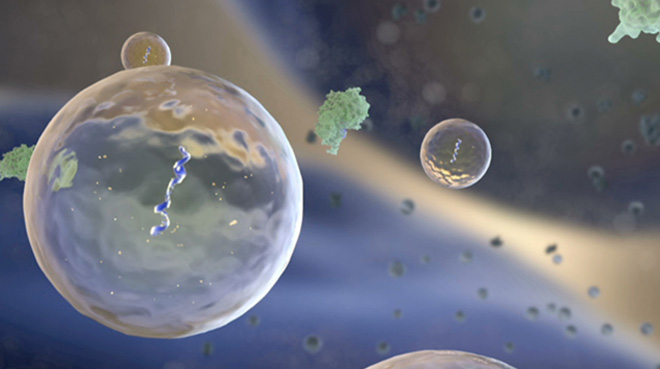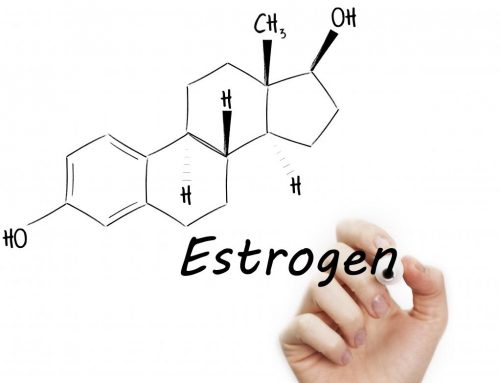Why are Exosomes are the next evolution in Stem Cell technology?
Exosomes excel over other therapies to heal joint injuries, arthritis, correct erectile dysfunction and more!
Exosomes have an endosomal origin and are released by many different cell types, participating in different physiological and/or pathological processes.
Depending on their origin, they can alter the fate of recipient cells according to the information transferred.
Call our office at 937-350-5527 to learn more about this amazing new method to heal joint injuries, arthritis, correct erectile dysfunction and more!
Exosomes have to be kept at sub-zero temperatures prior to use. Here is Dr. Rob unboxing some Exosomes and discussing how they work.
More on Exosomes
THE MESSENGERS
Extracellular vesicles (EV’s) consist of exosomes and microvesicles, which are released directly from the cell membrane. EV’s can mediate cell–cell communication and are involved in many processes, including immune signaling, angiogenesis, stress response, senescence, proliferation, and cell differentiation. EV’s are involved in restoring tissue and organ damage, and may partially explain the paracrine effects observed in stem cell-based therapeutic approaches. The function and content of EV’s may also harbor information that can be used in tissue engineering, in which paracrine signaling is employed to modulate cell recruitment, differentiation, and proliferation.(1)
GROWTH FACTORS & CYTOKINES
Growth factors are proteins that may act locally or systemically to affect the growth of cells in several ways. Various cell activities, including division, are influenced by growth factors. Cytokines are a family of low-molecular-weight proteins that are produced by numerous cell types and are responsible for regulating the immune response, inflammation, tissue remodeling and cellular differentiation. Target cells of growth factors and cytokines are mesenchymal, epithelial and endothelial cells. These molecules frequently have overlapping activities and can act in an autocrine or paracrine fashion. A complex network of growth factors and cytokines guides cellular differentiation and regeneration in all organs and tissues.(2)
PARACRINE SIGNALING
Paracrine signaling is a form of cell-to-cell communication in which a cell produces a signal to induce changes in nearby cells, altering the behavior of those cells.
Signaling molecules known as paracrine factors diffuse over a relatively short distance (local action), as opposed to endocrine factors (hormones which travel considerably longer distances via the circulatory system), juxtacrine interactions, and autocrine signaling.(3)
(1) Extracellular Vesicles: Potential Roles in Regenerative Medicine
Olivier G. De Jong, Bas W. M. Van Balkom, Raymond M. Schiffelers, Carlijn V. C. Bouten, Marianne C. Verhaar. Front Immunol. 2014; 5: 608.
(2) Effie Ioannidou, “ Therapeutic Modulation of Growth Factors and Cytokines in Regenerative Medicine”, Current Pharmaceutical Design (2006) 12: 2397.
(3) U.S. National Library of Medicine, G04.085.600, Paracrine Communication, Cellular signaling in which a factor secreted by a cell affects other cells in the local environment.



